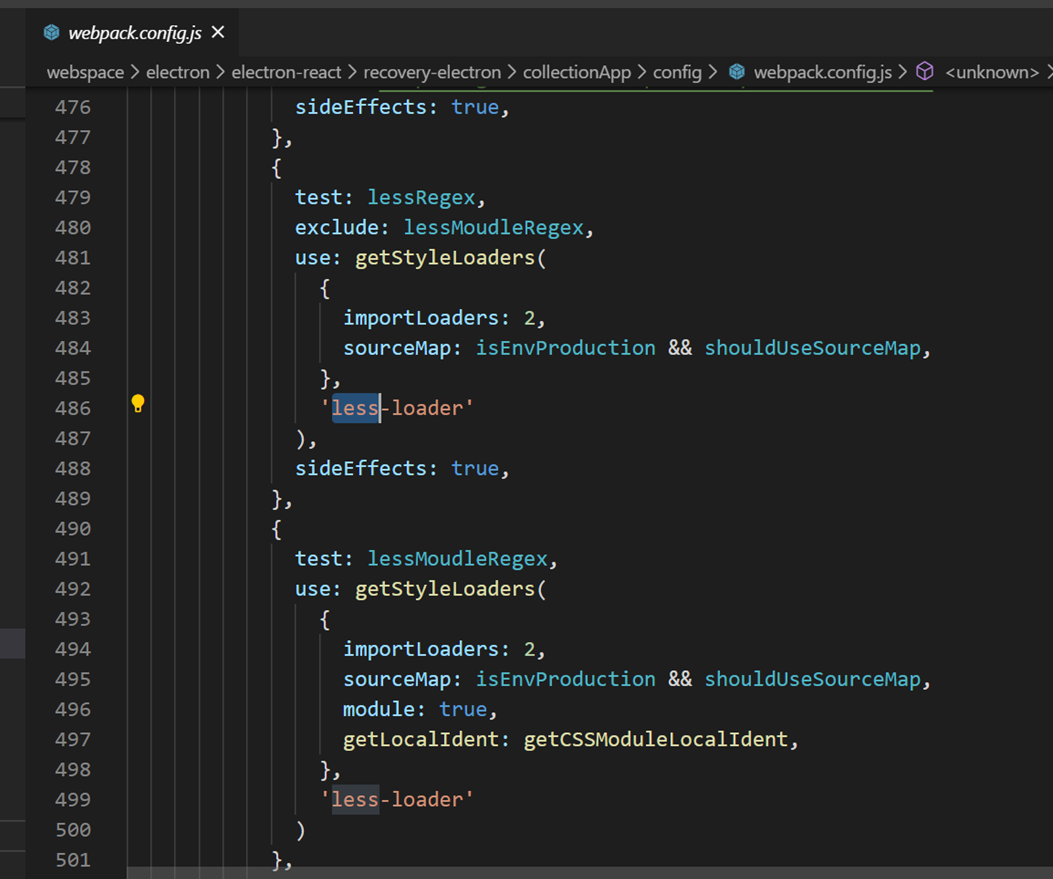
(if you use npm then -save is a default param and you can omit it)
#React router dom redux install#
Npm install -save react-router npm install -save react-router-dom In order to avoid hash sign and weird symbols after it, I imported browser history, and I passed it as the history prop to the router component.įinally I've got up and ruining it with router v4 here are changes needed : Instead of rendering the app directly, I replaced it with a router component that has a single route at the root path that renders the app component. I ran npm install -save react-router, and I imported the router component and the route configuration component from React Router. Let's recap the changes we made to add React Router to the application. Unless you target very old browsers like IE9, you can always use browser history and have a clean URL in the address bar. To fix it, you can import browser history from React Router and pass it as a history prop to Router. If you see weird symbols after a hash sign in the address bar, it means that you're using the version of React Router that doesn't yet default to the browser history, and defaults to hash history instead. If I run the app, I can see that the router matched the path correctly and rendered the app component. Inside, I put a single route element that tells React Router that I want to render my app component at the root path. Now I can replace my app with the router, and it's important that it's inside Provider so that any components rendered by the router still have access to the store. I'm going to import the router component from it, as well as the route configuration component.

Protected Routes are routes that can only be accessed if a condition is met(usually, if user is properly authenticated). This leads us to the concept of Protected Route in React-JS. However, it'll be great to protect the route such that only authenticated users can have access to that route and every other user redirected to the Signin Page.

src/App.js, add the created component to the BrowserRouter from react-router-dom,Īt this point, if the project is launched, we'll be redirected to the landing page because the path="/" points to the Home component.
#React router dom redux update#
OnInputChange, update the userData state with the current value Įnter fullscreen mode Exit fullscreen mode src/view/Authentication/Signin.js, let's create the Signin component, Note: onComponentDidMount, some demo data are fetched from to populate the landing page. src/view/Home let's create an Home component which will serve as our homepage. Note: We'll be building ontop of the last project from Structuring redux in a web appįirst, in. React-router will handle our routing, i.e switching from one page to another within the web application.

#React router dom redux how to#
Almost every web application require some form of authentication to prevent unauthorized users from having access to the inner workings of the applications.įor this tutorial, I'll be showing how to set up an authentication route and protect other routes from been accessed by unauthorized users.


 0 kommentar(er)
0 kommentar(er)
